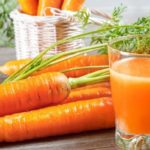When it comes to tea, most people think of green tea or black tea. However, the world of tea is vast, and there are numerous varieties that you may have never heard of. In this article, let’s explore the different types of tea and how to distinguish them!
Why do different types of tea have distinct flavors and benefits?
All the teas available in the market today originate from a single plant called the tea plant (scientific name: Camellia sinensis). However, through different processing methods, they are shaped differently and categorized into various types of tea.
Generally, tea processing involves five basic steps:
– Picking: Harvesting tea leaves and buds, and cleaning them.
– Withering: Softening the tea leaves and buds.
– Rolling: Breaking down the cellular structure and shaping the leaves.
– Oxidation: Exposing the tea leaves to oxygen, which determines the flavor. This process alters the chemical composition and flavor of the tea.
– Drying: Shaping and dehydrating the tea leaves.
Not all teas go through every step, some steps may be reduced or repeated, depending on the type of tea being produced.
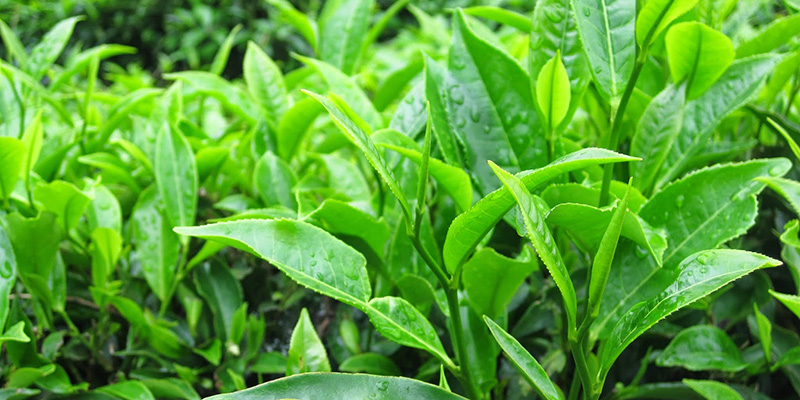
The oxidation process is the most crucial step in tea production. Based on the level of oxidation, teas can be categorized into three main groups:
- Green Tea: Non-oxidized
- Oolong Tea: Partially oxidized
- Black Tea: Fully oxidized
Let’s delve into the most common types of tea available today!
1 Green Tea
Green tea is one of the most popular teas in Vietnam and other Asian countries, also known as Lục trà. Traditionally, most teas consumed in Vietnam were green teas.
Green tea undergoes four main steps: picking, withering, rolling, and drying, without oxidation. To prevent oxidation, right after the tea buds are picked, they are quickly withered and then heated through pan-frying or steaming to deactivate enzymes, which prevents further oxidation.

Other methods used to process green tea include steam heating, sun-drying, steam-drying, and blanching to deactivate tea enzymes.
Green tea leaves are shaped by rubbing, pressing, rolling, and twisting, resulting in various shapes. Green tea usually has a green or yellow liquor, with a roasted or young rice aroma, and a bitter taste.
In Vietnam, several well-known green tea brands include , , …
>> Reference:
Fun Fact: Green tea is non-oxidized and pure, but its strong bitter taste has led to the term “green tea” being used by the online community to describe individuals who appear innocent but have malicious intentions.
 Green Tea No-Degree is one of the most popular bottled tea brands in Vietnam
Green Tea No-Degree is one of the most popular bottled tea brands in Vietnam
2 Oolong Tea
Oolong tea refers to all teas that are partially oxidized (ranging from 8% to 80% oxidation). The level of oxidation is reflected in the color of the tea liquor, ranging from amber to reddish-brown.
Oolong tea is the most time-consuming tea to produce as it involves all five steps, with the rolling and oxidation steps repeated multiple times. This process gives oolong tea a richer and more complex flavor profile compared to green tea.
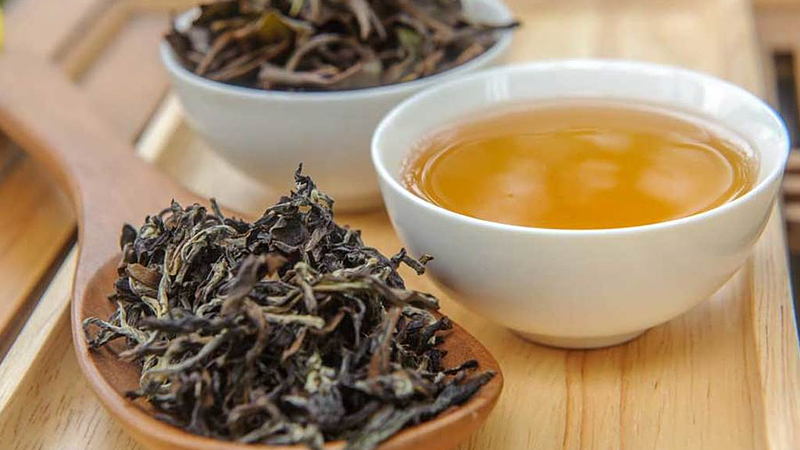
Oolong tea has a smooth and mellow taste with a subtle bitterness and floral aroma. It is an excellent choice for those new to tea drinking.
Some popular oolong tea brands include , ,…
3 Black Tea (Red Tea)
Black tea, also known as red tea, is fully oxidized (100% oxidation).
The production of black tea involves all five steps without repetition. The tea liquor typically has a bright brown to deep red color, and one unique characteristic is that the color remains unchanged from the time it is poured into a cup until it cools down.
Black tea has the strongest flavor among all teas, with some varieties being very robust and bitter.

Black tea is not as common in Vietnam as green tea and oolong tea. However, it is widely used in tea shops to create delicious milk teas. is also a renowned black tea brand in Vietnam.
>> Reference:
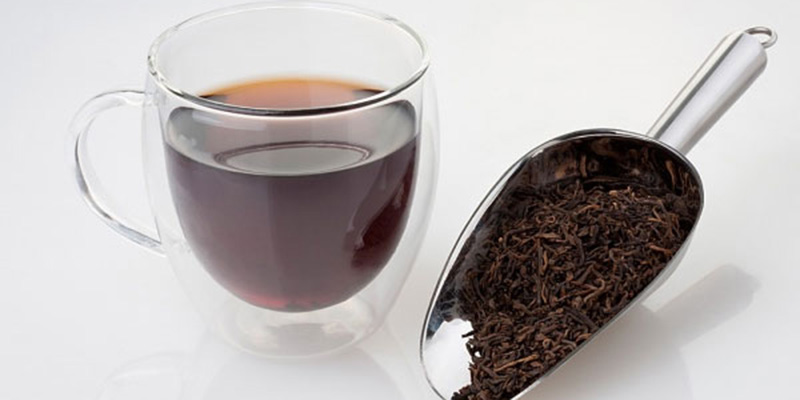
4 White Tea
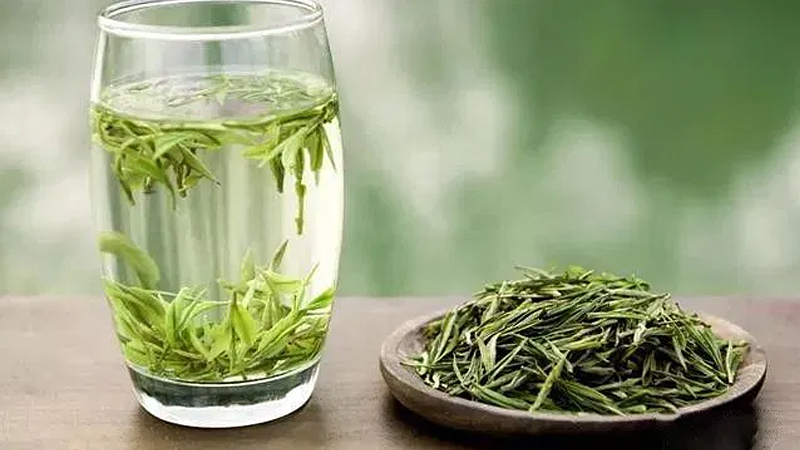
White tea is less common in Vietnam but is highly popular in China, India, and other Asian countries.
It is called white tea because the tea buds are covered with fine white hairs, giving it a beautiful white appearance. White tea undergoes minimal processing compared to black tea and oolong tea, as it is withered through slow-drying and air-drying, thus retaining more nutrients.
The tea liquor of white tea is usually white or light yellow. It has a delicate flavor, subtle aroma, initial mild bitterness, and a sweet aftertaste.
>> Reference:
5 Pu’er Tea
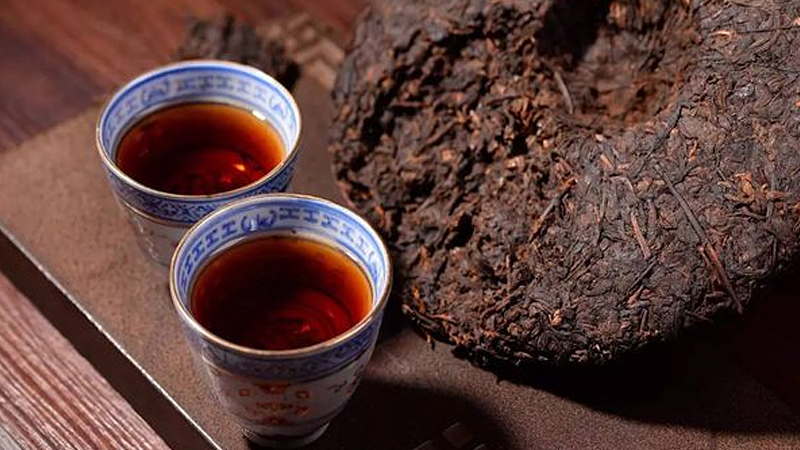
Pu’er tea is a premium tea originating from Pu’er in China. It is produced from the leaves of ancient tea trees in the Shan snow mountains, pressed into cakes, and naturally aged without extensive processing. The aging process can last for hundreds of years, making it highly valuable.
Pu’er tea is known for its distinctive mild musty aroma and deep red liquor. The natural aging process transforms the tea’s flavor from bitter to sweet, with a strong initial taste that gradually becomes smoother.
In addition to the teas mentioned above, there are other types of tea such as herbal tea, fruit tea, flower tea, lotus tea, and chrysanthemum tea, but since they are not made from the tea plant, we will not cover them in this article.
We hope that through this article, you have gained a better understanding of the various types of tea available in the market today and how to distinguish them. This knowledge will help you choose teas that suit your taste and preferences!
Combat Stress with These 6 Foods
Ease your worries and enhance your well-being with these 6 “superfoods.” The 21st century has certainly introduced a host of stressful situations, but incorporating these nutritious meals into your routine can provide quick relief and greater contentment. Find out how these healthful eats can help you live healthier and happier.




























